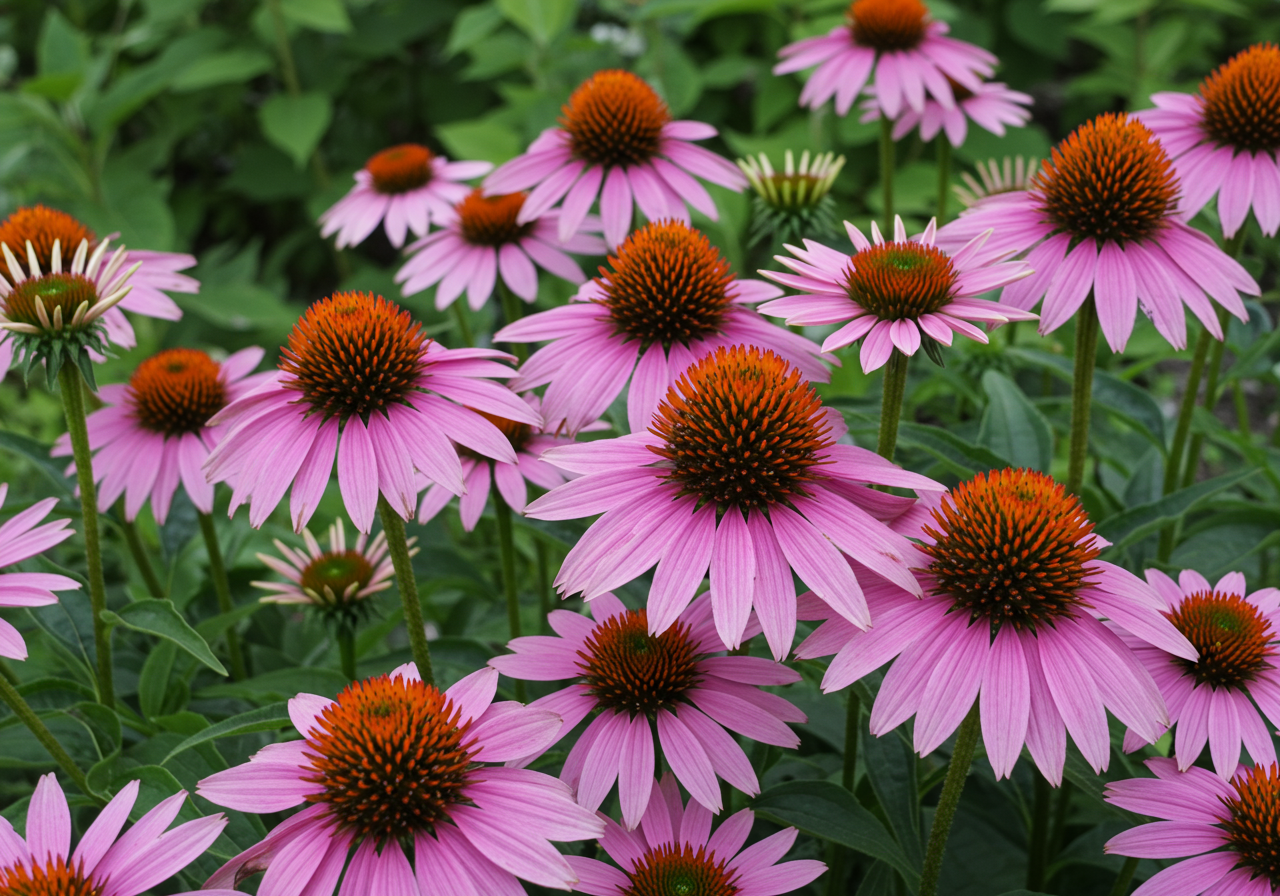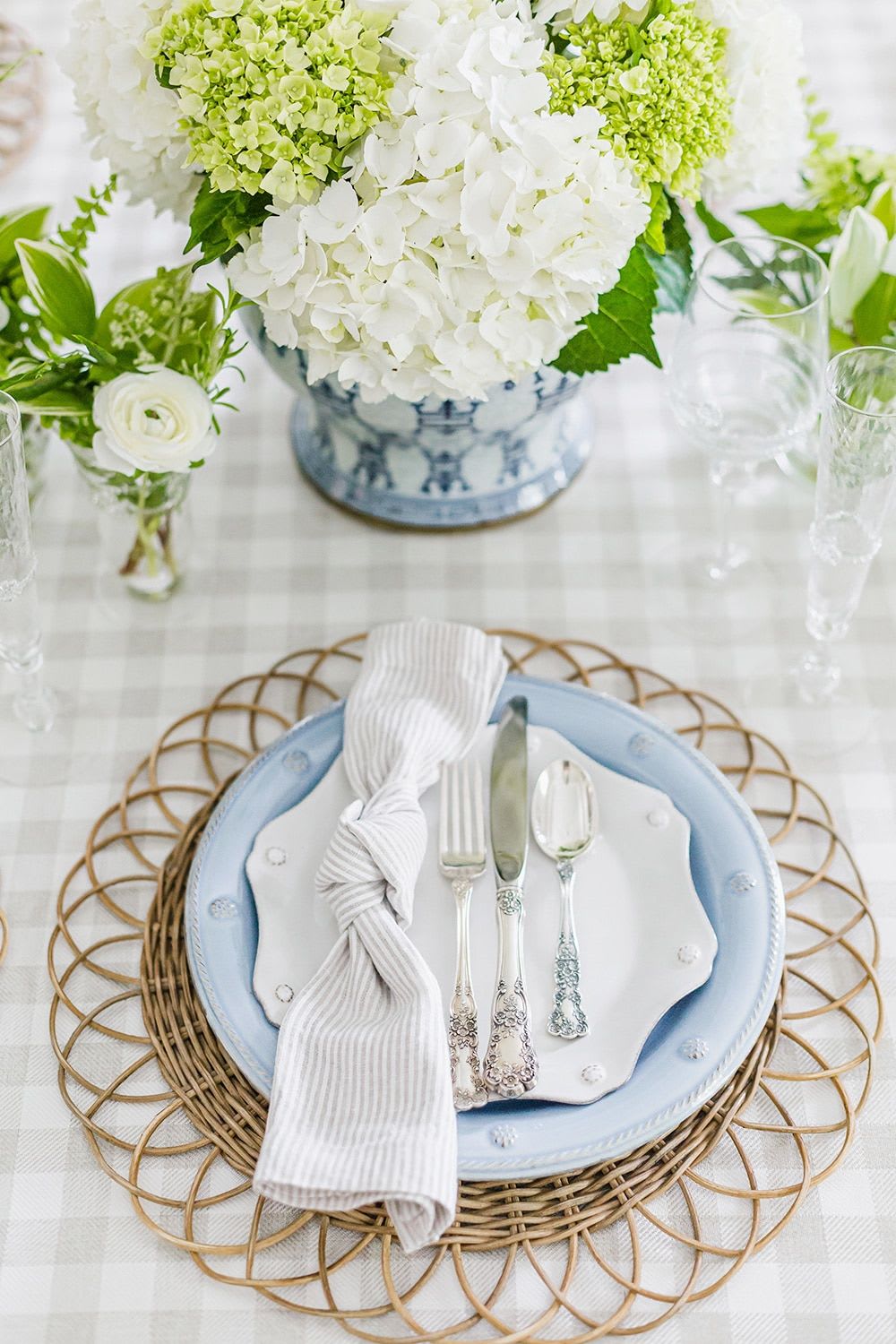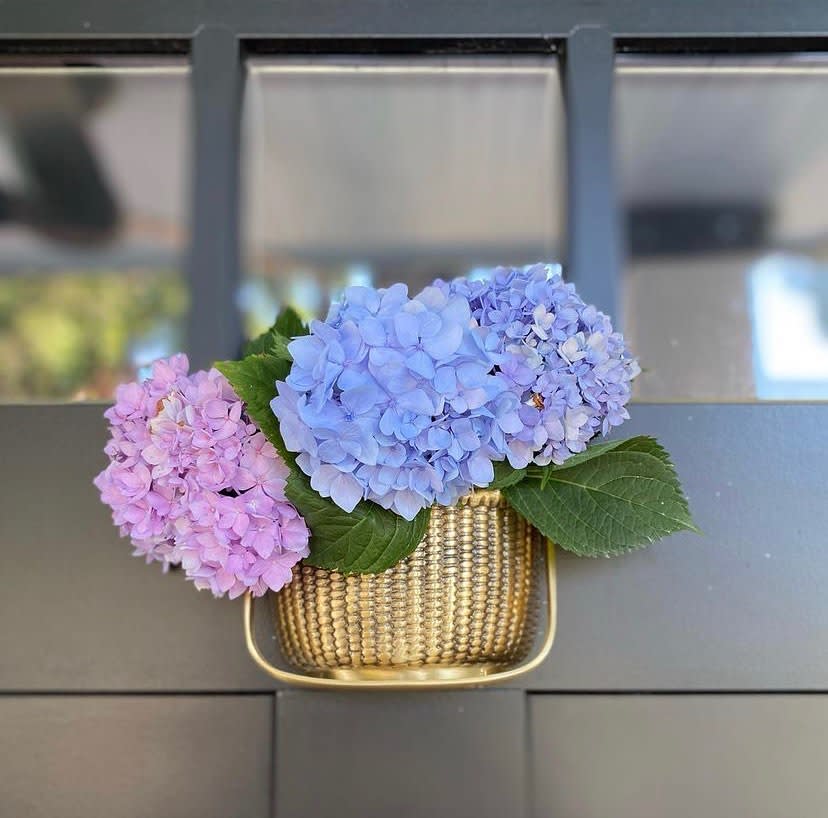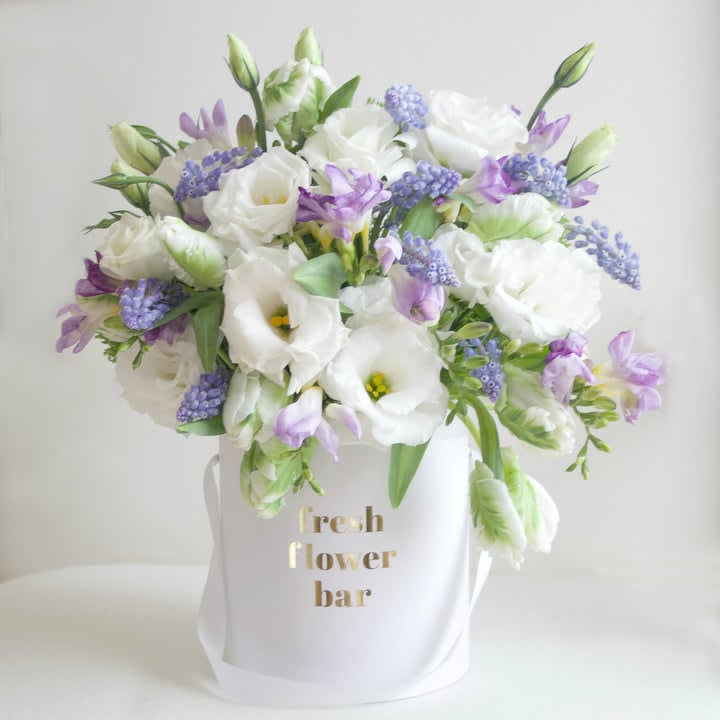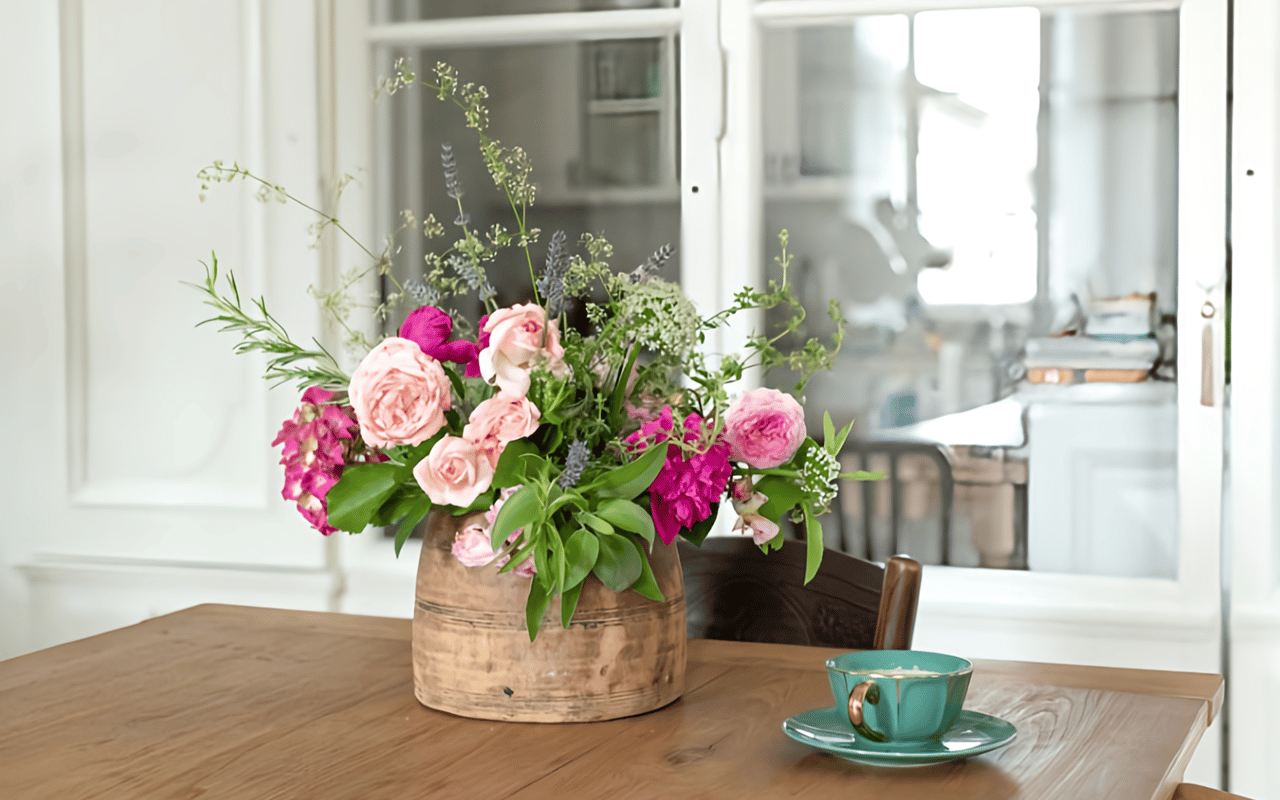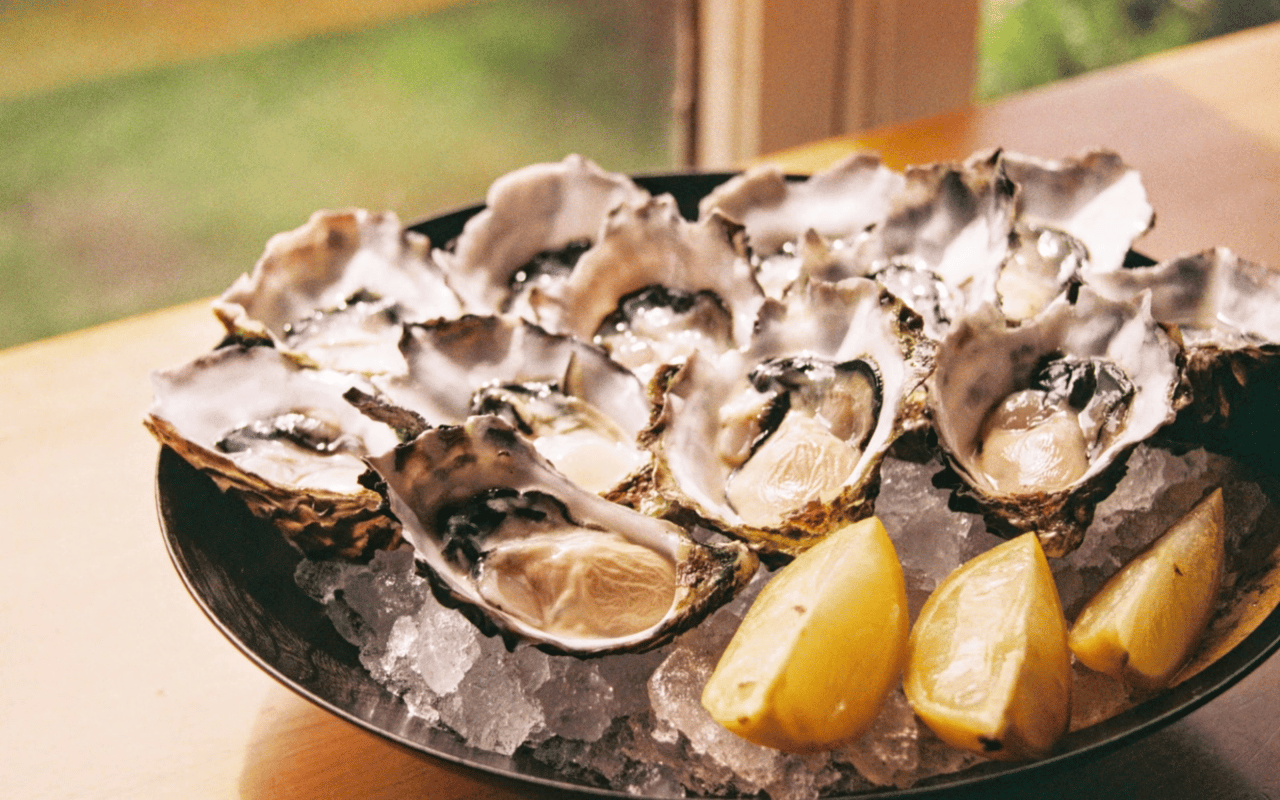Summer is a beautiful time to be out in the garden. With plants in full bloom, it's often tempting to add to the riot of color and greenery that give us so much pleasure.
But not everyone has a green thumb. And if you're challenged in this area, spending money on plants feels less like an investment in your garden than an admission of intent to cause a crime.
If this sounds familiar, great news. Here's five plant suggestions that you (most probably) won't be able to kill. All of these plants are hardy and can cope with neglect.
Catmint – An aromatic herb, you'll find catmint in many American gardens. The first known domestic plantings can be traced to the town of Nepet during the Roman Empire. Catmint offers clusters of lavender-blue flowers against a background of lush grey-green foliage. Its flowers can be used as an insect repellent and herbal tea, and it's extremely hardy.
Firecracker penstemon – A native to western America, this stunning plant will produce long stems with up to 10 tubular, bright red flowers – hence the name, firecracker. It will grow up to 90cm high and wide but rarely forms a square. It's drought-tolerant and will attract pollinators. You can plant it anywhere except in soil with poor drainage.
Purple coneflower – Another native American plant, its stunning purple flowers will brighten any garden. It's perfect for attracting insects, especially butterflies and bees. It can reach 5ft in height and grow 6 inches wide. Even though it's pretty thin, it won't need a stake to stand straight.
Lavender – We're all familiar with lavender, but did you know it originates from Cape Verde and the Canary Islands, a Spanish territory off the North African coast? It also has a strong historical presence in Asia, India and eastern Africa. My favorites are French and English lavender. The aroma is divine. Its medicinal qualities are said to relieve stress, high blood pressure and asthma and it likes dry soil, so it won't panic if you forget to water it.
Yarrow – This plant has more names than colors. Its flowers can be a radiant red, striking purple, light brown and pure white. Some folks will call it by its Latin name, achillea millefolium, while others refer to it as common yarrow, old man's pepper, devil's nettle, milfoil, soldier's woundwort, and thousand seal. It has documented medicinal qualities and is said to fight infections, stomach upsets, eczema and can help heal wounds. Related to camomile, it is also used as a tea. The plant will thrive in sunny, warm spots.

